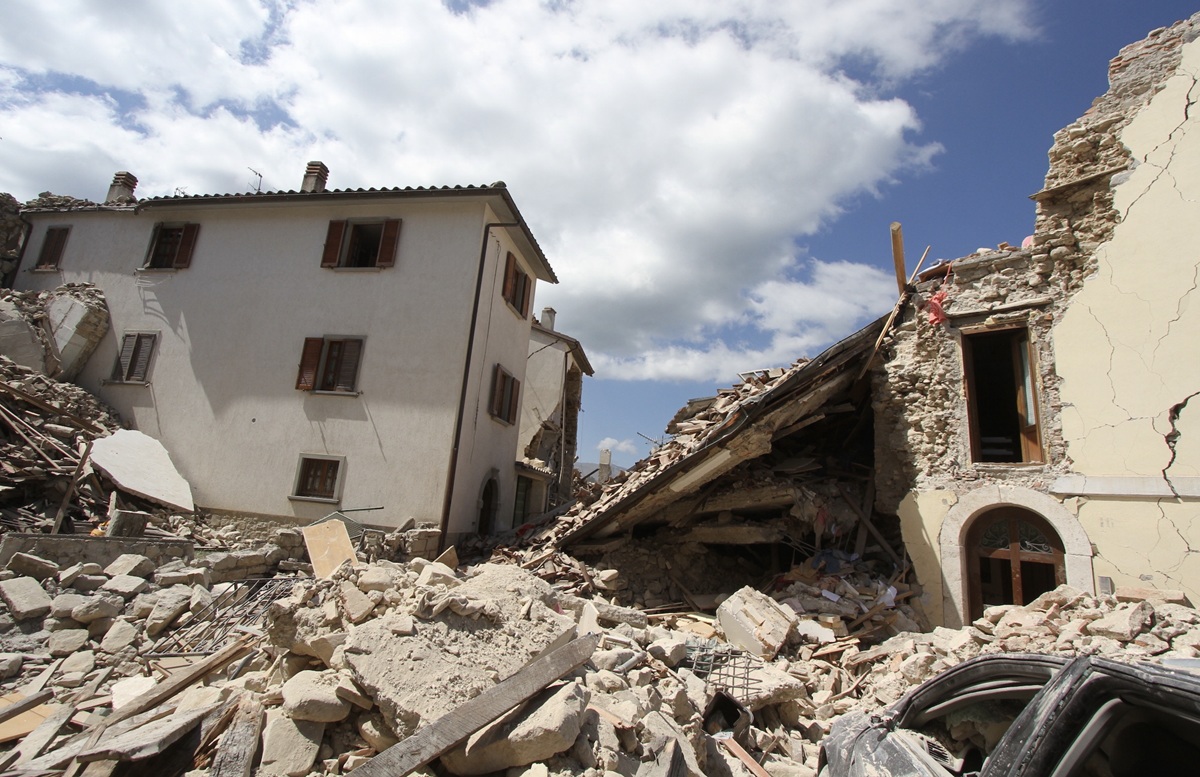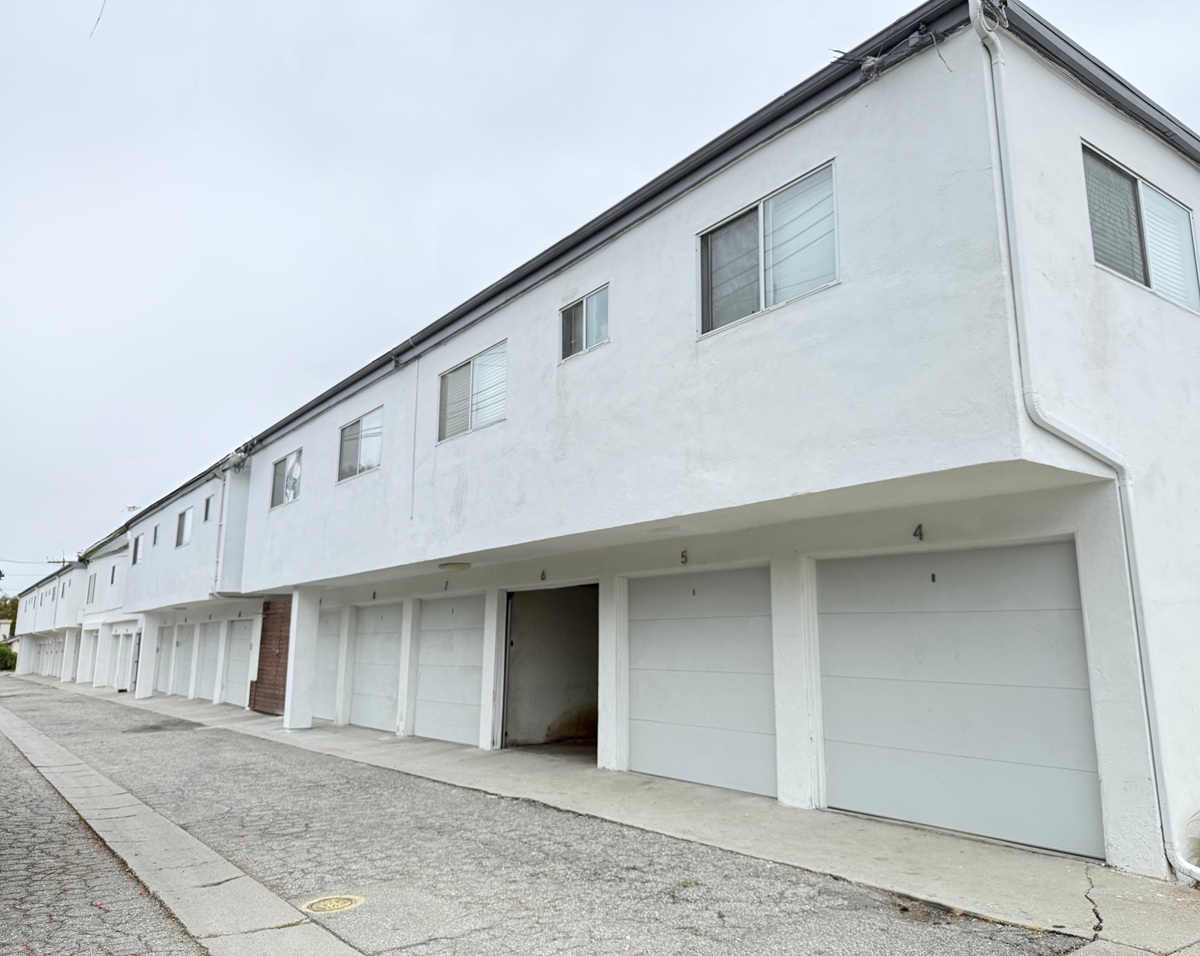The Northridge earthquake of 1994 is often cited when discussing seismic disasters in California. The 6.7-magnitude quake lasted less than 20 seconds but caused over $67 billion in damages. But as scientists continue to study seismic risks, they warn that the next “Big One” could be far worse. With the potential for a magnitude 7.5 or greater quake, along with an average displacement of 9 feet along the fault, the consequences could be devastating—not just for Southern California, but for the entire region.
Understanding the Risks and Preparing for the Unexpected
According to the U.S. Geological Survey, a quake of this magnitude would likely cause over 1,800 deaths, 50,000 injuries, and up to $200 billion in damages. Beyond the immediate destruction, the economic and social fallout would reverberate for years, straining families, businesses, and local governments alike.
Seismologists and engineers now understand more than ever about how ground motion, soil conditions, and building structures influence a building’s earthquake resilience. New advancements in seismic technology enable us to identify specific risks tied to both geography and building design. That’s why retrofitting older, vulnerable structures—like soft-story apartment buildings—has become a crucial strategy for reducing potential damage.
The Growing Need for Seismic Retrofitting in 2024
Soft-story buildings, which are common in many California cities, are particularly susceptible to collapse during strong quakes due to their design. These buildings typically have large open spaces, such as garages or storefronts, on the ground floor, which leaves the upper floors vulnerable to structural failure.
Retrofits have proven to be an effective way to mitigate the risks posed by these structures. Local governments have increasingly enacted ordinances requiring the retrofitting of soft-story buildings to ensure greater earthquake safety. For building owners, investing in a retrofit is a proactive way to reduce future financial and liability risks.
The Financial Benefits of Seismic Retrofitting
Despite the initial costs of retrofitting, studies continue to show that the long-term financial benefits far outweigh the expenses. Recent research from Caltech reveals that for every dollar spent on retrofitting soft-story buildings, property owners could save up to seven dollars in avoided damage costs. These calculations don’t even factor in costs related to injuries, lost income, and temporary housing for displaced tenants.
Similarly, the Federal Emergency Management Agency (FEMA) has found that retrofitting high-risk buildings offers a strong return on investment. FEMA’s analysis shows that retrofitting can have a benefit-to-cost ratio as high as 10:1, depending on the type of building. This means retrofitting is not only an investment in safety but also a financially sound decision.
For example, in a study of a tilt-up warehouse building in Hayward, California, FEMA’s analysis showed that retrofitting would provide a benefit-to-cost ratio of about 12:1 when factoring in the value of preventing fatalities and injuries. This same study suggests that retrofitting high-occupancy buildings—such as apartment complexes and light industrial structures—yields even greater returns.
Key Considerations Beyond Structural Damage
While the reduction of building damage is an obvious benefit, seismic retrofitting provides additional financial protections that can make a significant difference in the aftermath of a quake:
- Liability Reduction: Minimizes the potential for legal and financial liabilities associated with injury, death, or property damage.
- Preservation of Income: Helps prevent a building from being red-tagged after a quake, ensuring rental income is not interrupted.
- Mortgage Protection: Secures financial obligations tied to a property, ensuring that owners are not financially crippled by unexpected losses.
- Reduced Demolition and Reconstruction Costs: Retrofits help prevent the need for costly demolition and rebuilding, including the removal of hazardous materials like asbestos.
Are You Ready? Understand Your Building’s Risk
Many Californians still tend to downplay the risk of earthquakes, but the truth is that they could strike at any time. The devastating impact of future seismic events should not be ignored. As we approach the end of 2024, now is the time to prioritize earthquake preparedness—not just in our homes but in our businesses and public spaces as well.
Retrofit your building to protect not just your investment, but also the safety of the people inside. It’s similar to ensuring that your children wear seatbelts—safety is paramount. In 2024, retrofitting your building is just as critical as putting on a seatbelt before you drive.
Contact Optimum Seismic at 833-978-7664 or visit optimumseismic.com for a complimentary evaluation to learn how retrofitting can make your property safer and more resilient.







